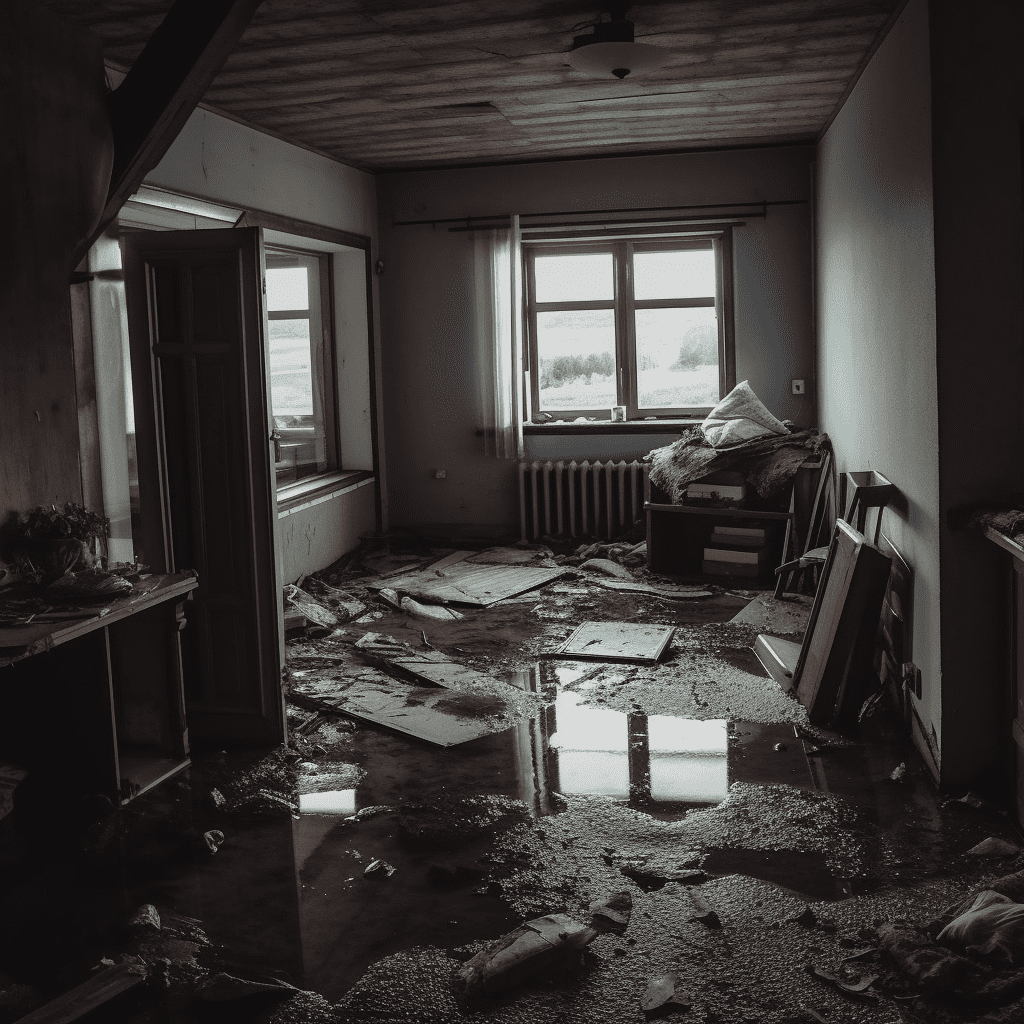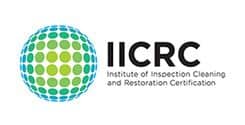Floods are one of the most common and destructive natural disasters, causing significant damage to homes, businesses, and infrastructure. While the immediate dangers of flooding are apparent, such as property damage and displacement, there is another hidden danger that many people are not aware of: contaminated flood water. Flood waters can carry a wide range of contaminants, including bacteria, viruses, chemicals, and debris, posing serious health risks to those exposed. This article will discuss the dangers of contaminated flood water and provide tips on how to stay safe during and after a flood.
1. Bacterial and Viral Contamination
One of the primary concerns with contaminated flood water is the presence of harmful bacteria and viruses. Flood waters can pick up contaminants from various sources, such as sewage systems, septic tanks, and animal waste. This can lead to the spread of waterborne diseases, such as cholera, typhoid, and hepatitis A. Ingesting or coming into contact with contaminated water can cause symptoms ranging from mild gastrointestinal discomfort to severe illness and even death.
2. Chemical Contamination
Flood waters can also contain hazardous chemicals from various sources, including industrial facilities, agricultural runoff, and household products. These chemicals can pose serious health risks, especially if ingested or absorbed through the skin. Some common chemical contaminants found in flood waters include pesticides, petroleum products, and heavy metals. Exposure to these chemicals can cause a range of health problems, from skin irritation and respiratory issues to more severe conditions such as organ damage and cancer.
3. Mold and Fungal Growth
The damp conditions created by flooding provide the perfect environment for mold and fungal growth. Mold spores can be present in contaminated flood water and can quickly spread throughout a home or building once the water recedes. Exposure to mold can cause a variety of health issues, including allergic reactions, respiratory problems, and skin irritation. In some cases, exposure to toxic mold can lead to more severe health problems, such as neurological disorders and lung infections.
4. Physical Hazards
Contaminated flood water can also carry debris, such as broken glass, nails, and other sharp objects, which can cause injuries and infections. Additionally, flood waters can erode soil and cause landslides, creating further hazards for those in the affected area. It is essential to exercise caution when navigating through flood waters, both during and after the event.
5. Damage to Infrastructure and Utilities
Flood waters can cause significant damage to infrastructure, such as roads, bridges, and buildings, making it difficult for emergency responders to reach affected areas. This can delay the delivery of essential services, such as medical care and clean water, putting those affected by the flood at greater risk. Additionally, flood waters can damage utilities, such as electrical systems and gas lines, creating further hazards, such as fires and explosions.
6. Contamination of Drinking Water Supplies
Flood waters can contaminate drinking water supplies, making it unsafe for consumption. This can lead to a range of health problems, from gastrointestinal issues to more severe illnesses caused by waterborne pathogens. It is crucial to ensure that you have access to clean, safe drinking water following a flood, either by boiling tap water or relying on bottled water until local authorities confirm that the water supply is safe.
How to Stay Safe During and After a Flood
- Stay Informed - Monitor local news and weather reports for updates on flooding in your area. Be prepared to evacuate if necessary, and follow any instructions provided by local authorities.
- Avoid Contact with Flood Water - If possible, avoid coming into contact with flood water, as it may be contaminated with harmful substances. If you must enter flood water, wear protective clothing, such as waterproof boots and gloves, to minimize exposure to contaminants.
- Practice Good Hygiene - Wash your hands frequently with soap and clean water, especially after coming into contact with flood water or contaminated items. This can help prevent the spread of bacteria and viruses.
- Clean and Disinfect - Thoroughly clean and disinfect any items that have come into contact with flood water, using a solution of bleach and water. This can help kill harmful bacteria and prevent the spread of disease.
- Seek Medical Attention - If you experience any symptoms of illness after coming into contact with flood water, such as fever, vomiting, or diarrhea, seek medical attention immediately. Early treatment can help prevent more severe health problems.
Conclusion
Contaminated flood water poses a significant threat to public health, carrying a wide range of harmful substances that can cause illness and injury. By understanding the dangers of contaminated flood water and taking appropriate precautions, you can help protect yourself and your loved ones during and after a flood event. Stay informed, practice good hygiene, and follow the guidance of local authorities to minimize the risks associated with contaminated flood water.







